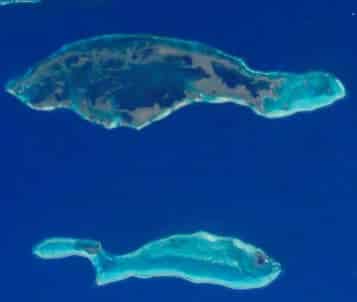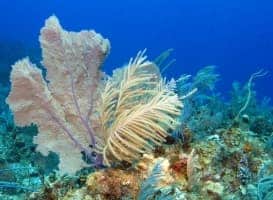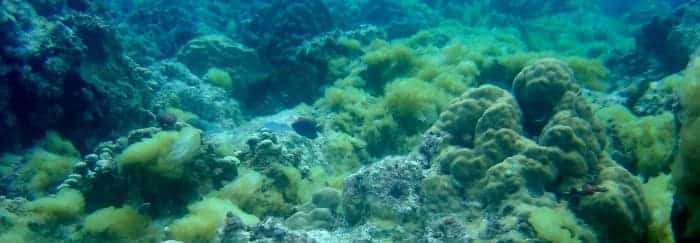Caribbean Coral Reefs
Caribbean coral reefs occur within a relatively small part of the Earth’s tropical seas. The contiguous biogeographic region containing Caribbean coral reefs is commonly known as the “greater Caribbean” (aka “tropical Western Atlantic”). This region extends from The Bahamas in the north through the Caribbean Sea proper and along the NE coast of South America, and includes the waters of the Greater and Lesser Antilles.
You can also explore the opportunity to obtain Caribbean citizenship through investment and be part of this paradise. Beyond residing in a tropical haven, this pathway offers investors visa-free travel to many countries, tax advantages, and a secure political and economic environment. Various Caribbean nations provide citizenship-by-investment programs, each with distinct requirements, investment options, and perks to match your needs and lifestyle goals. Choose the program that aligns best with your aspirations.




